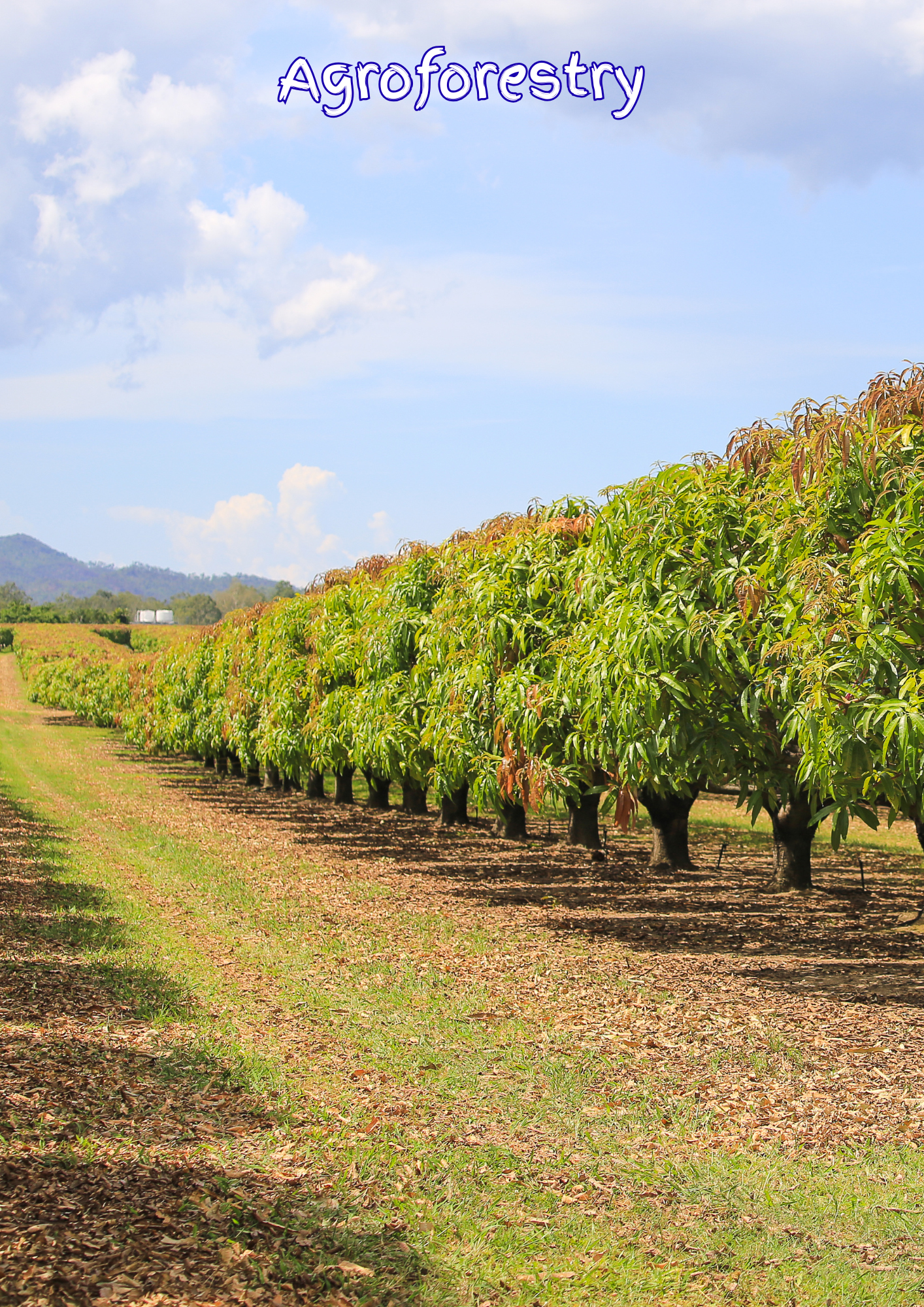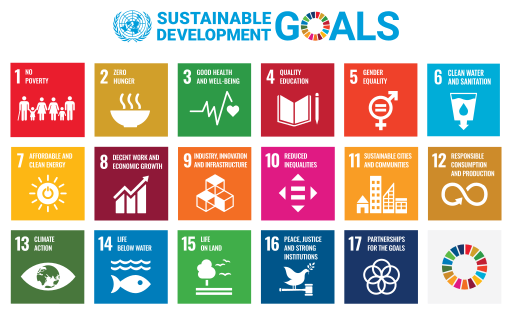Project Details

🇧🇩 Eight districts and 58 Upazials of Rangpur Division ( Rangpur, Dinajpur, Nilphamari, Kurigram, Gaibandha Lalmonirhut, Thakurgaon, Panchgarh)
The project aims to protect over 10 million trees over a 15 uears of period, capturing an average of 210,000 tonnes CO₂ per annum.
This project explores integrating agroforestry—a blend of trees, crops, and livestock—with carbon credit systems in Bangladesh to bolster climate resilience and livelihoods. Agroforestry sequesters carbon, combating deforestation and enhancing biodiversity. By monetizing these benefits through carbon markets, farmers gain new income streams, incentivizing sustainable practices. Rural communities benefit economically, reducing poverty while promoting climate-smart agriculture. The initiative aligns with Bangladesh’s climate commitments, addressing vulnerability to climate change through ecological balance and diversified revenue. By linking environmental stewardship with socio-economic empowerment, it fosters sustainable development, offering a replicable model for regions grappling with climate impacts and agrarian economies.
VERRA ID: 4456
The project “Fostering Farmer Livelihoods & Carbon Credits via Horticultural Plantations in Bangladesh” offers transformative economic gains for rural communities. By integrating carbon credits with horticulture, farmers earn dual income: from crop sales and carbon market revenues, boosting household earnings. Diversified plantations reduce dependency on single crops, mitigating financial risks. Increased demand for labor in planting, maintenance, and processing creates jobs, curbing rural unemployment. Enhanced agricultural productivity improves food security and surplus sales, generating market income. Training in sustainable practices empowers farmers with skills for long-term profitability. These economic benefits uplift living standards, reduce poverty, and foster community resilience, aligning economic growth with environmental sustainability.
This project drives significant environmental benefits through reforestation. By establishing diverse horticultural plantations, degraded lands are revitalized, enhancing carbon sequestration as trees and crops absorb CO₂, mitigating climate change. Reforestation boosts biodiversity by restoring habitats for flora and fauna, while improving soil health through reduced erosion and nutrient retention. Increased tree cover aids water cycle regulation, preventing droughts and floods. By reducing pressure on natural forests, the project curbs deforestation, preserving ecosystems. This sustainable land-use model aligns with global climate goals, fostering ecological resilience and creating a greener future for vulnerable regions.
In 2022, the first planting season represented tangible progress towards our reforestation goals. This ambitious 41-year project demonstrates our long-term commitment to nurturing the environment and preserving its delicate balance.
Rangpur Division, located in the northwestern part of Bangladesh, is known for its rich natural environment, vibrant agricultural practices, and cultural diversity. It comprises eight districts, including Rangpur, Dinajpur, and Kurigram, and features a landscape dominated by fertile plains and river systems such as the Teesta and Dharla. The environment in Rangpur is shaped by a subtropical monsoon climate, with distinct wet and dry seasons that support a variety of agricultural activities. Agriculture is the backbone of Rangpur’s economy. The region is famous for the cultivation of rice, potatoes, and maize, while Dinajpur is particularly noted for high-quality mangoes and litchis. This agriculturally rich division plays a crucial role in ensuring national food security. Though forest cover is limited, small patches of Sal forests and homestead plantations contribute to biodiversity and support rural livelihoods. Environmental degradation and deforestation remain challenges, often driven by expanding cultivation and population pressure. Rangpur is home to a diverse population, including Bengali Muslims, Hindus, and indigenous communities such as the Santals. Their traditions, languages, and cultural festivals add vibrancy to the region. Rangpur Division represents a dynamic blend of nature, productivity, and cultural richness, making it vital to Bangladesh's socio-economic fabric.


House - 92, Road-05, Block-D,
Basundhara Residential Area, Baridhara,
Dhaka-1212, Bangladesh
House-37, Road-11, Block-H
Banani, Dhaka-1213 Bangladesh